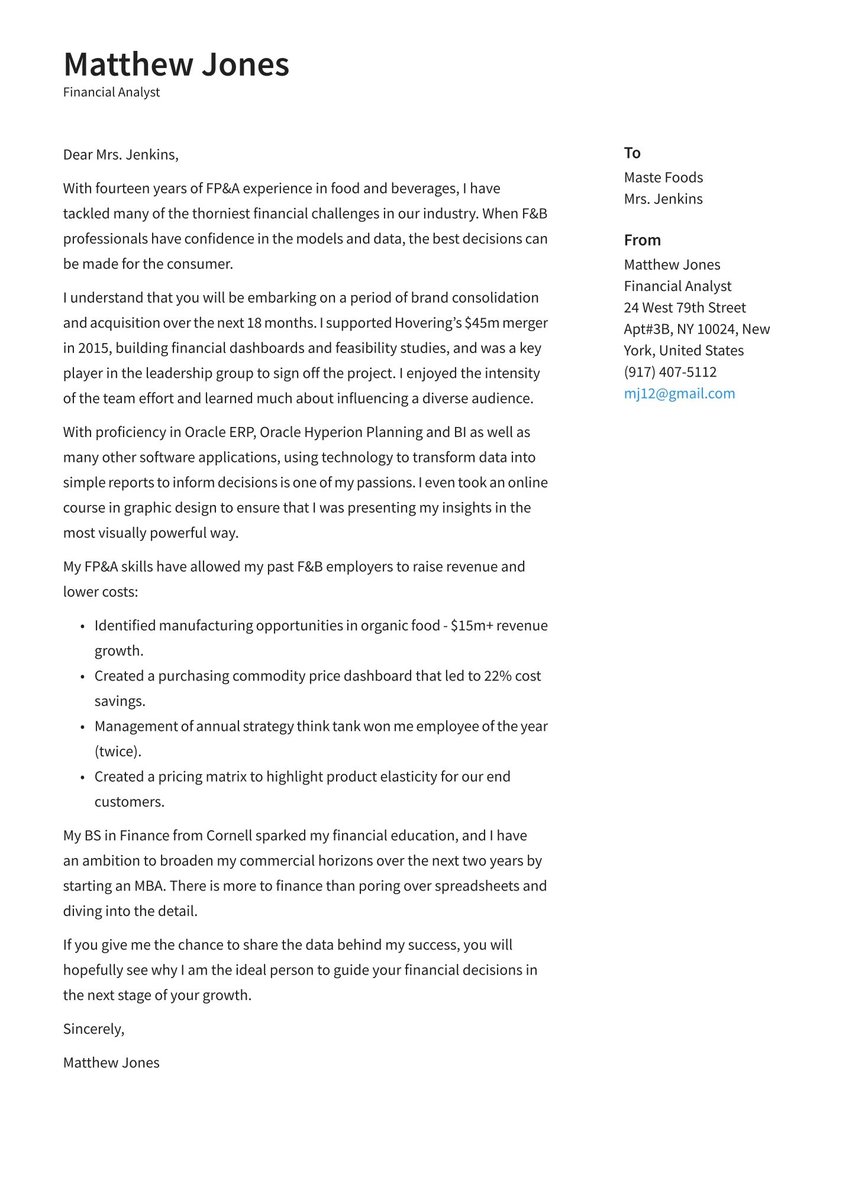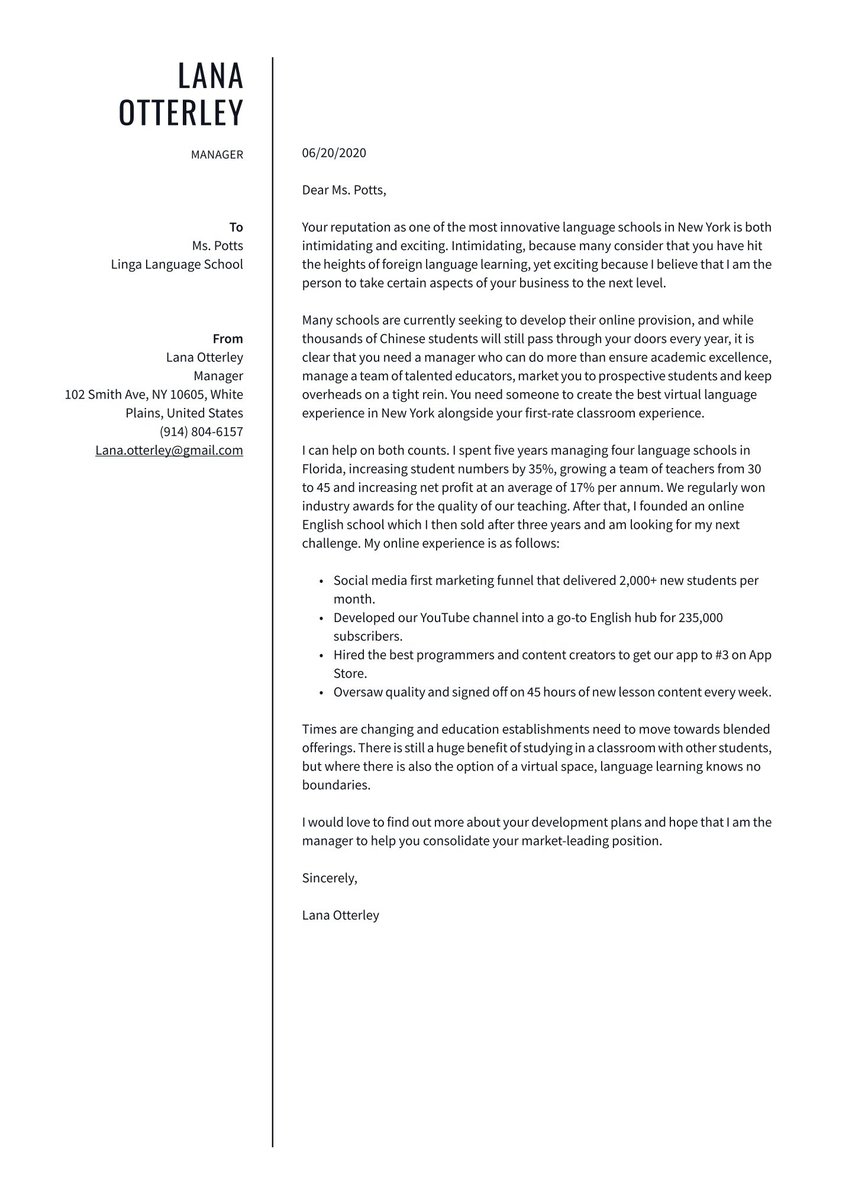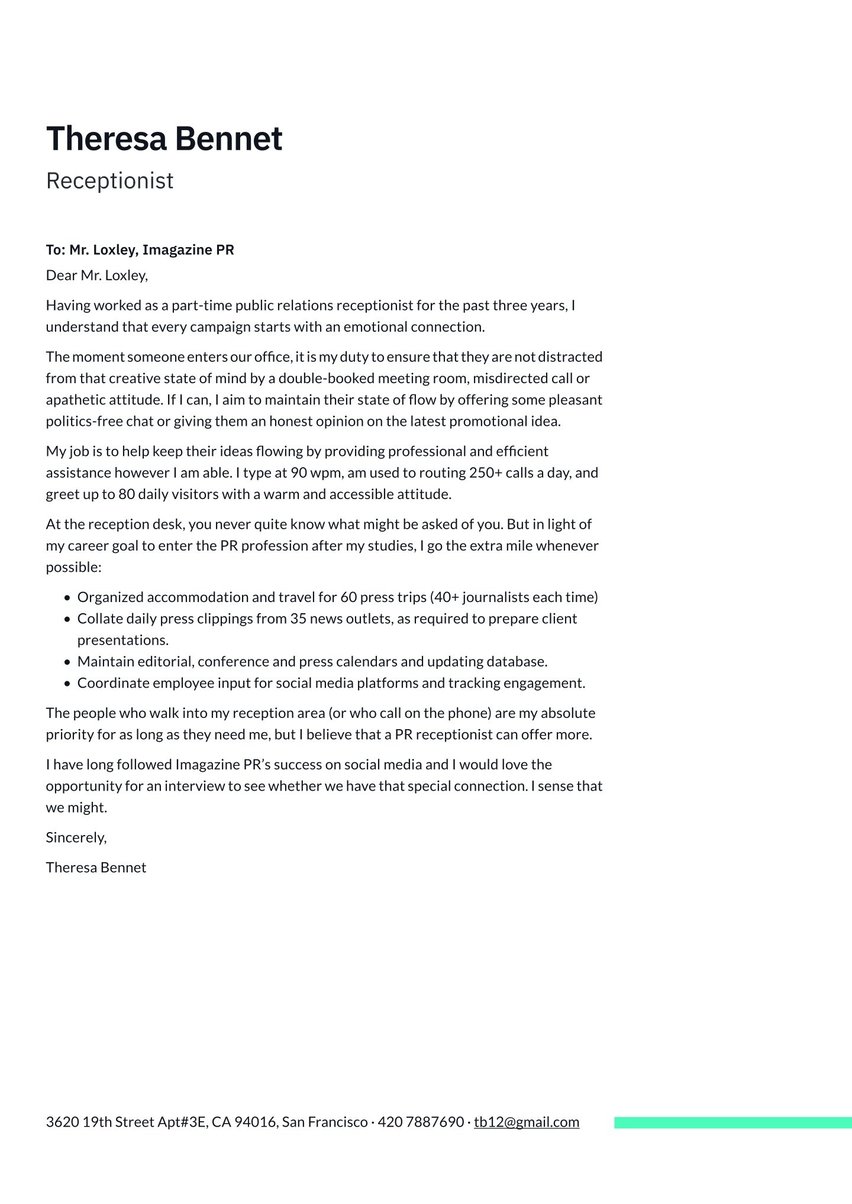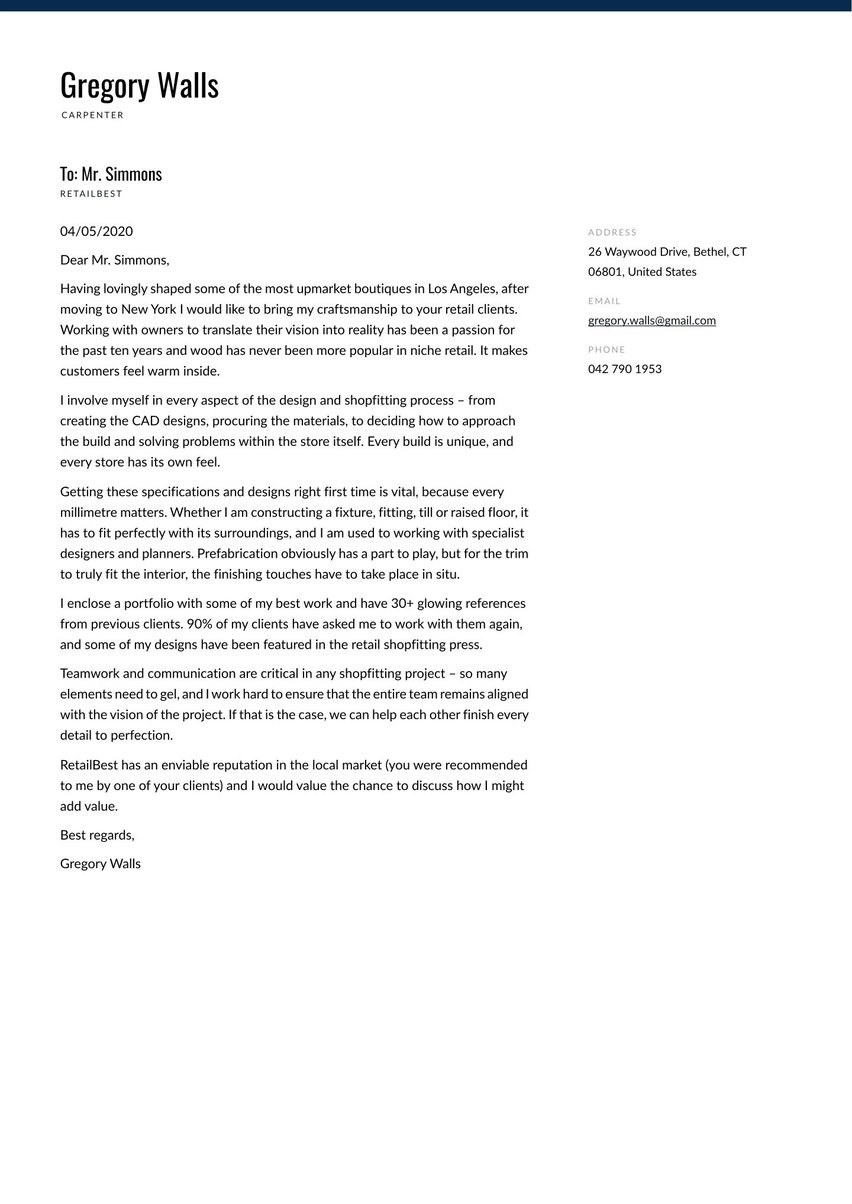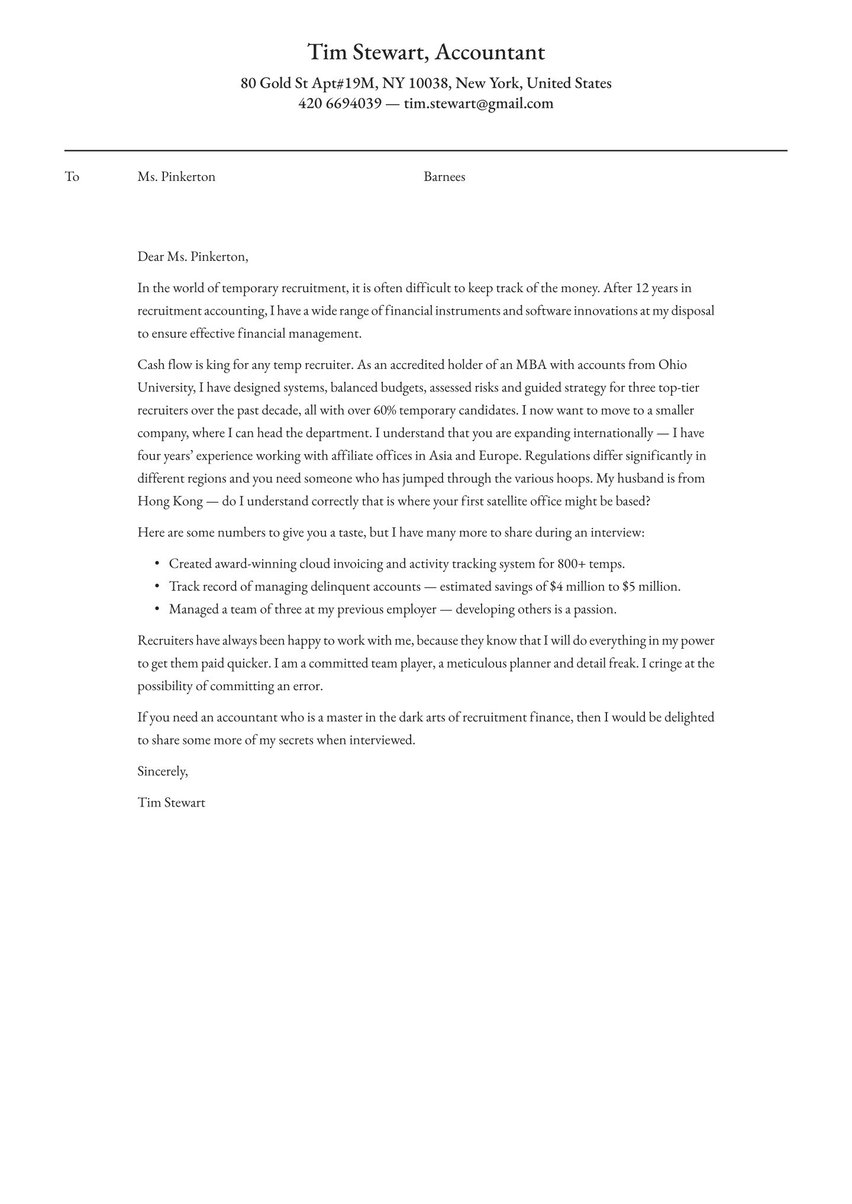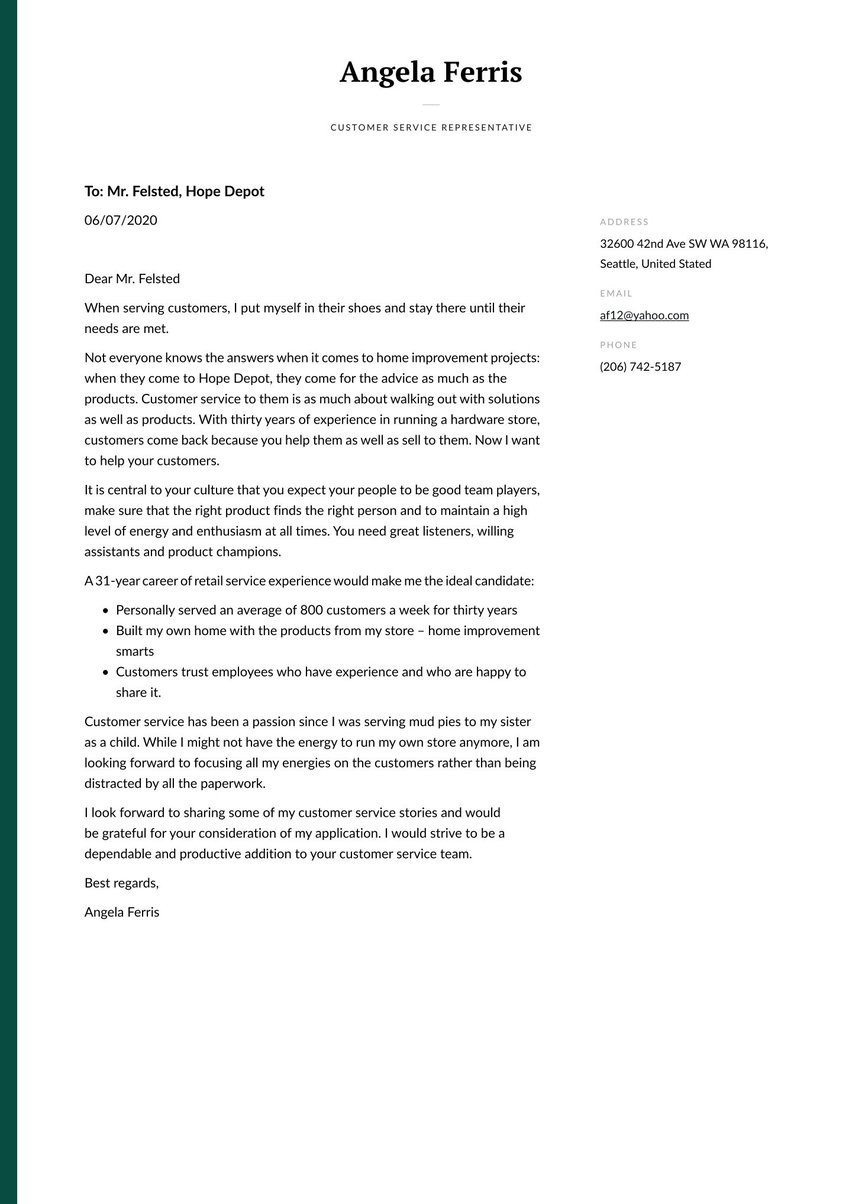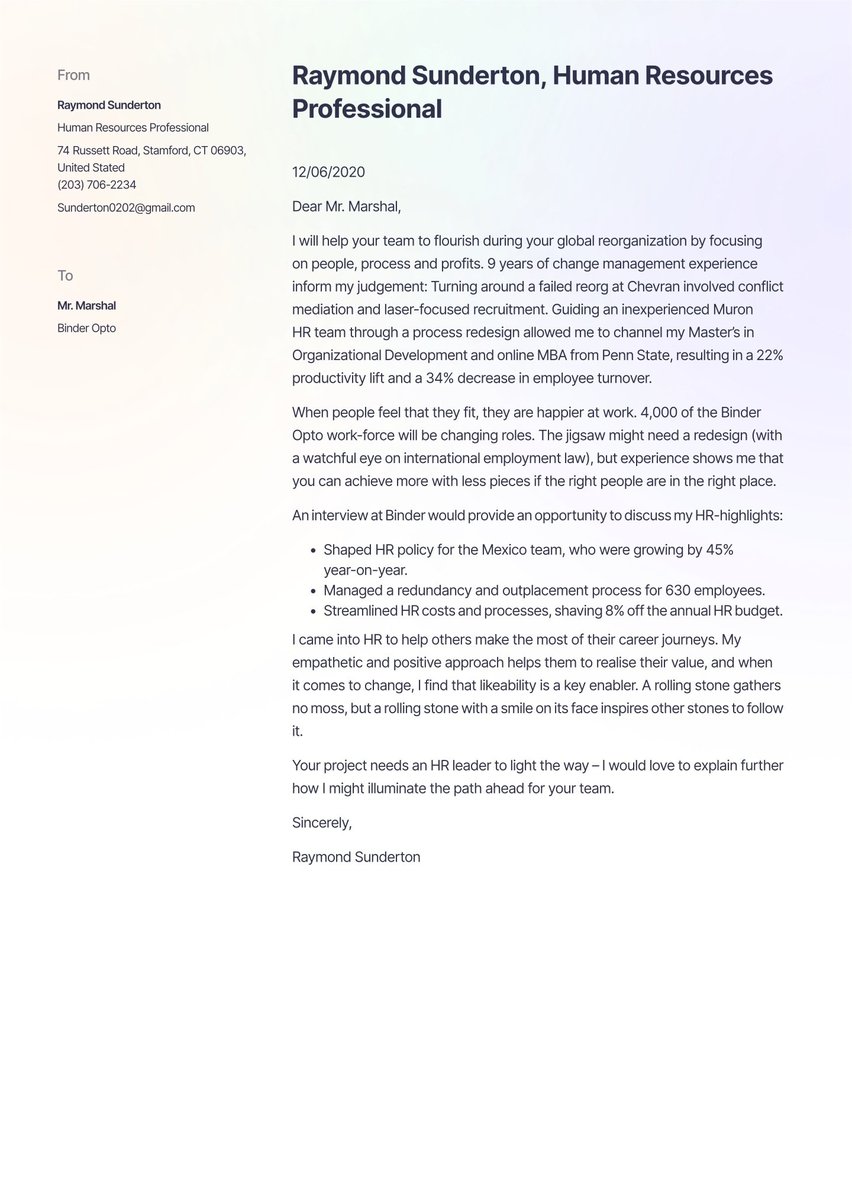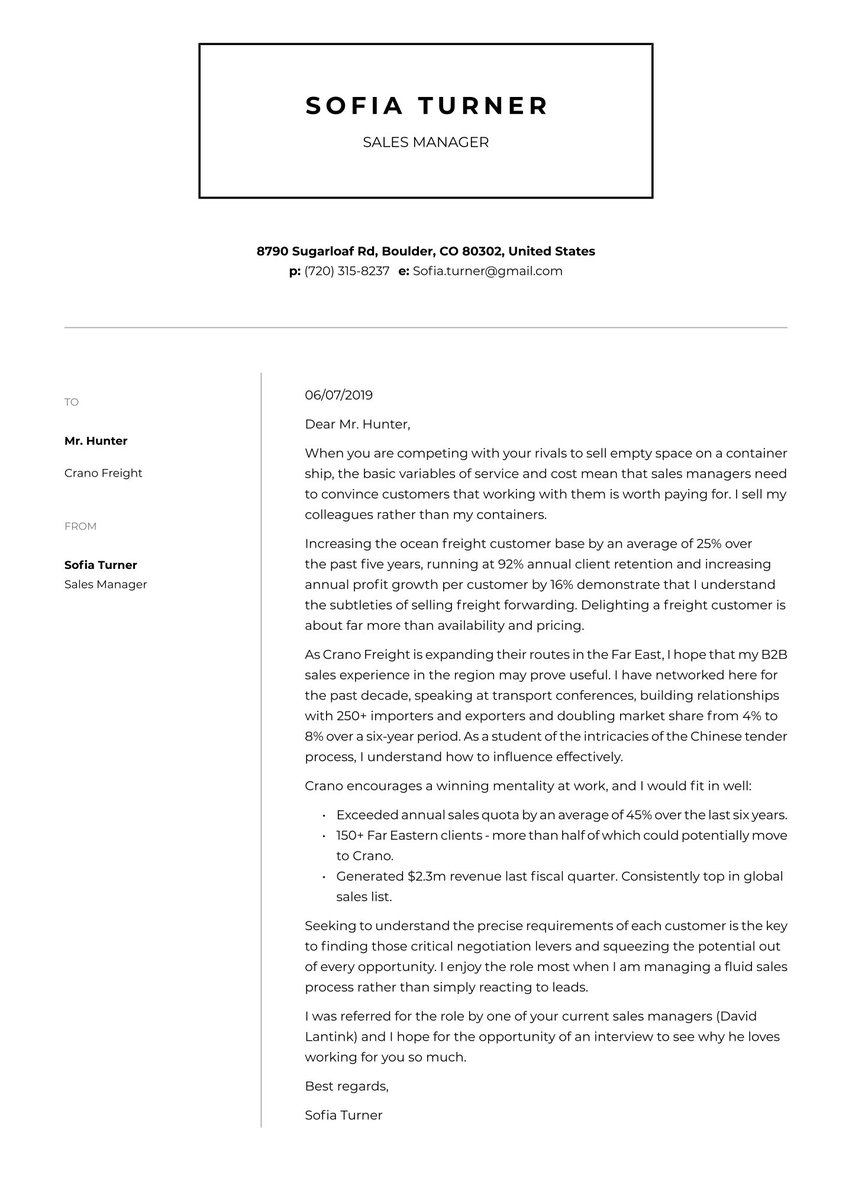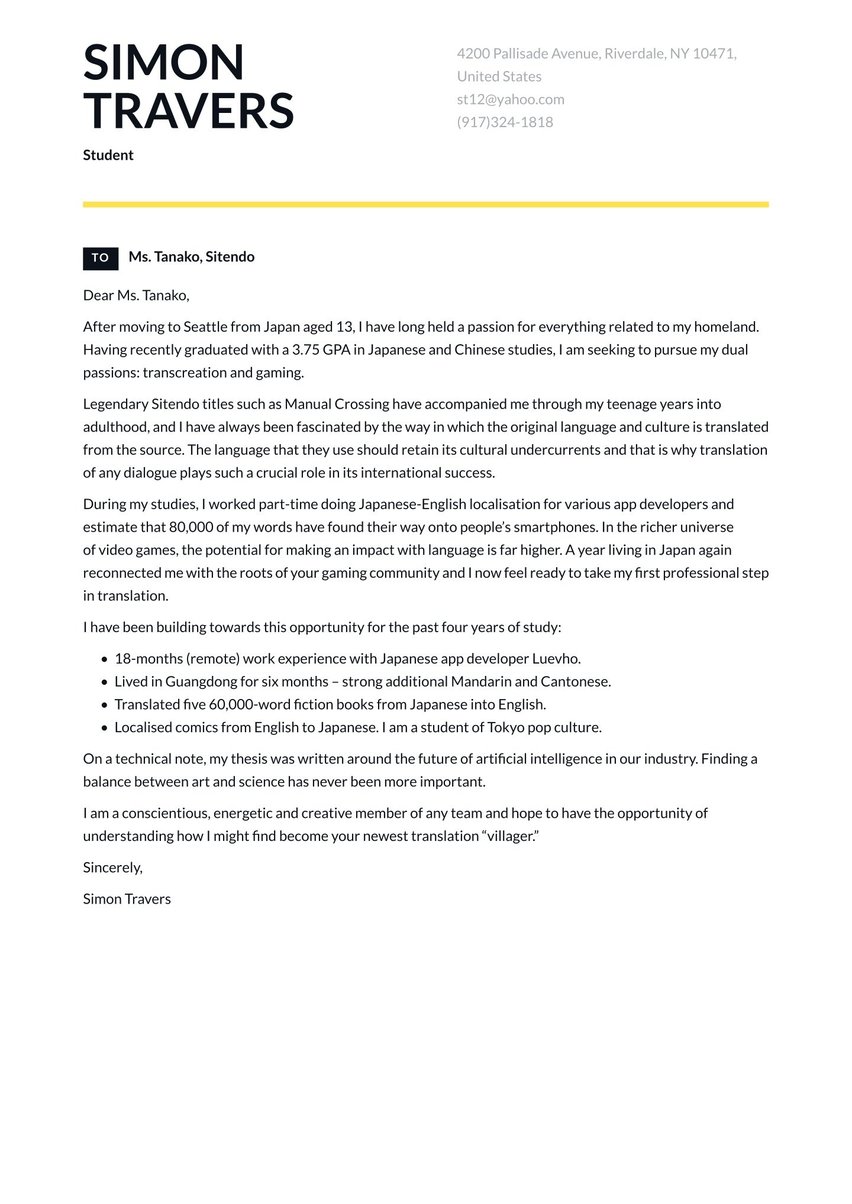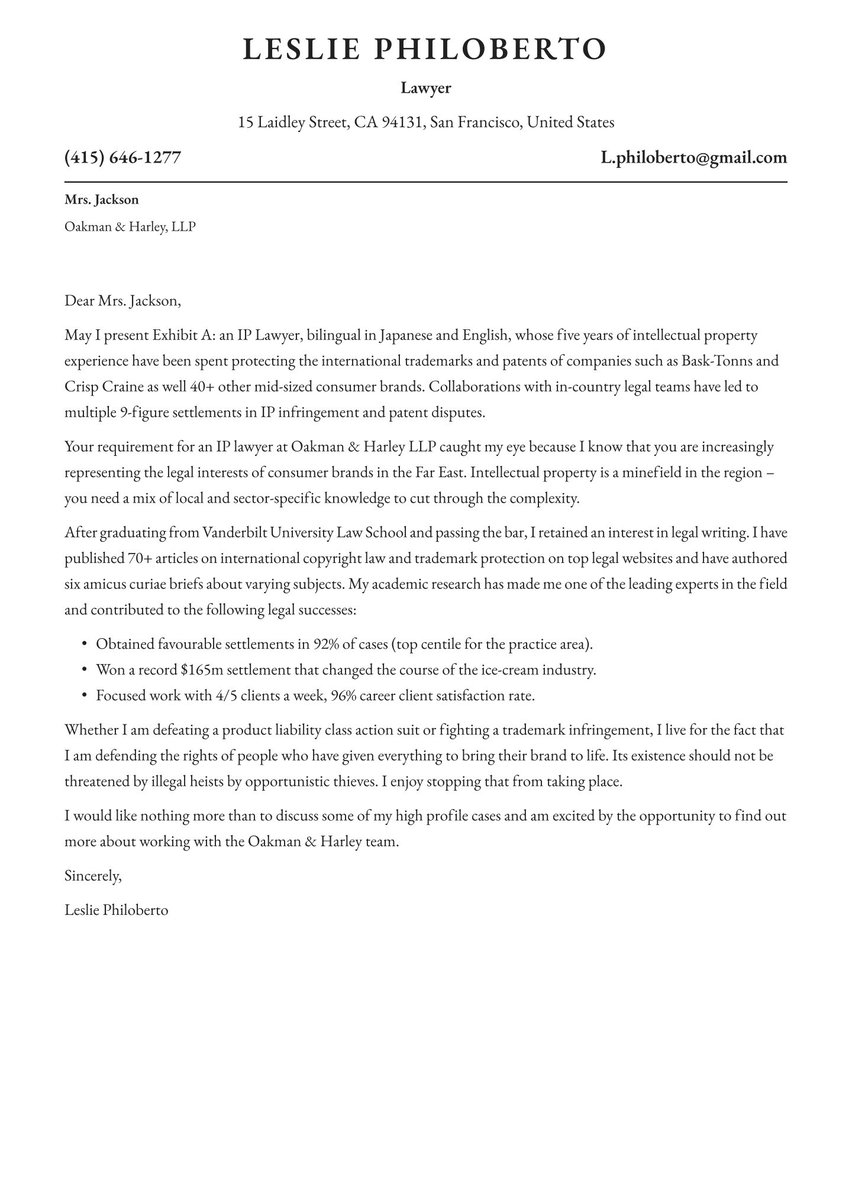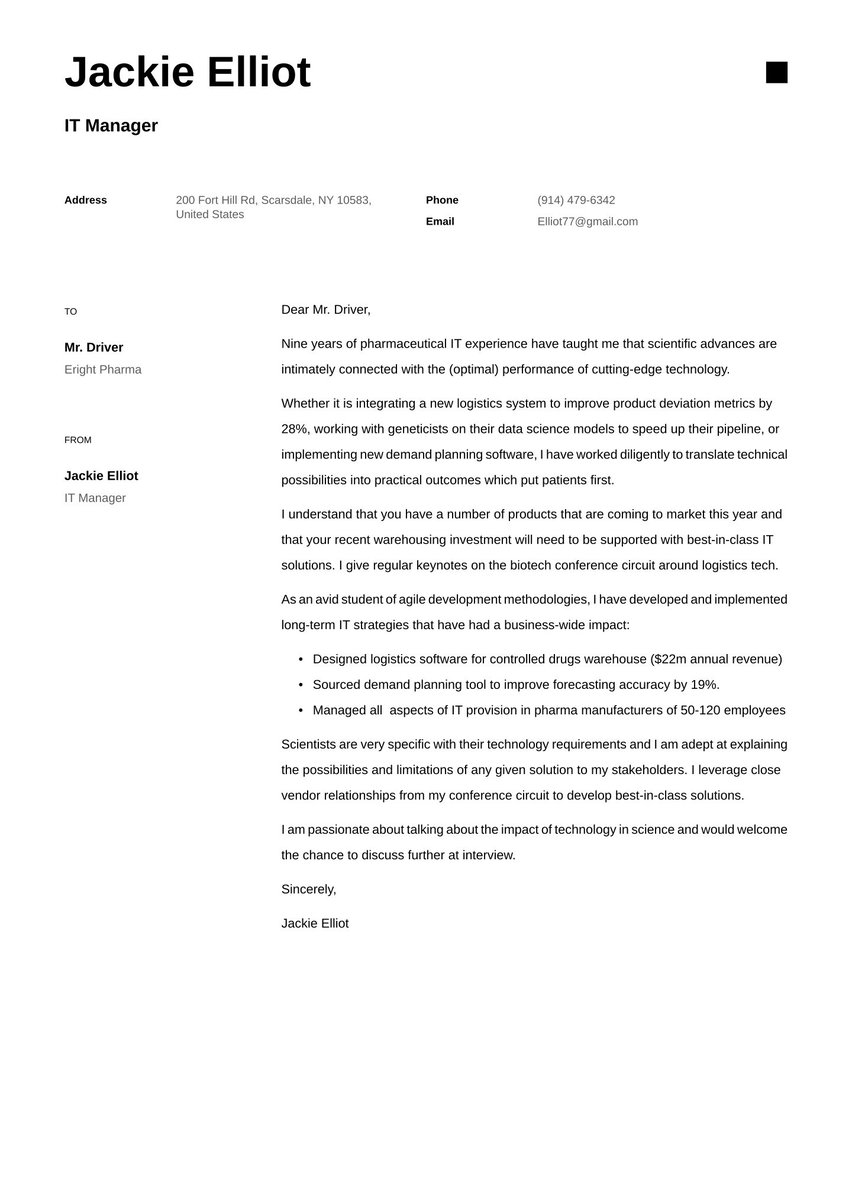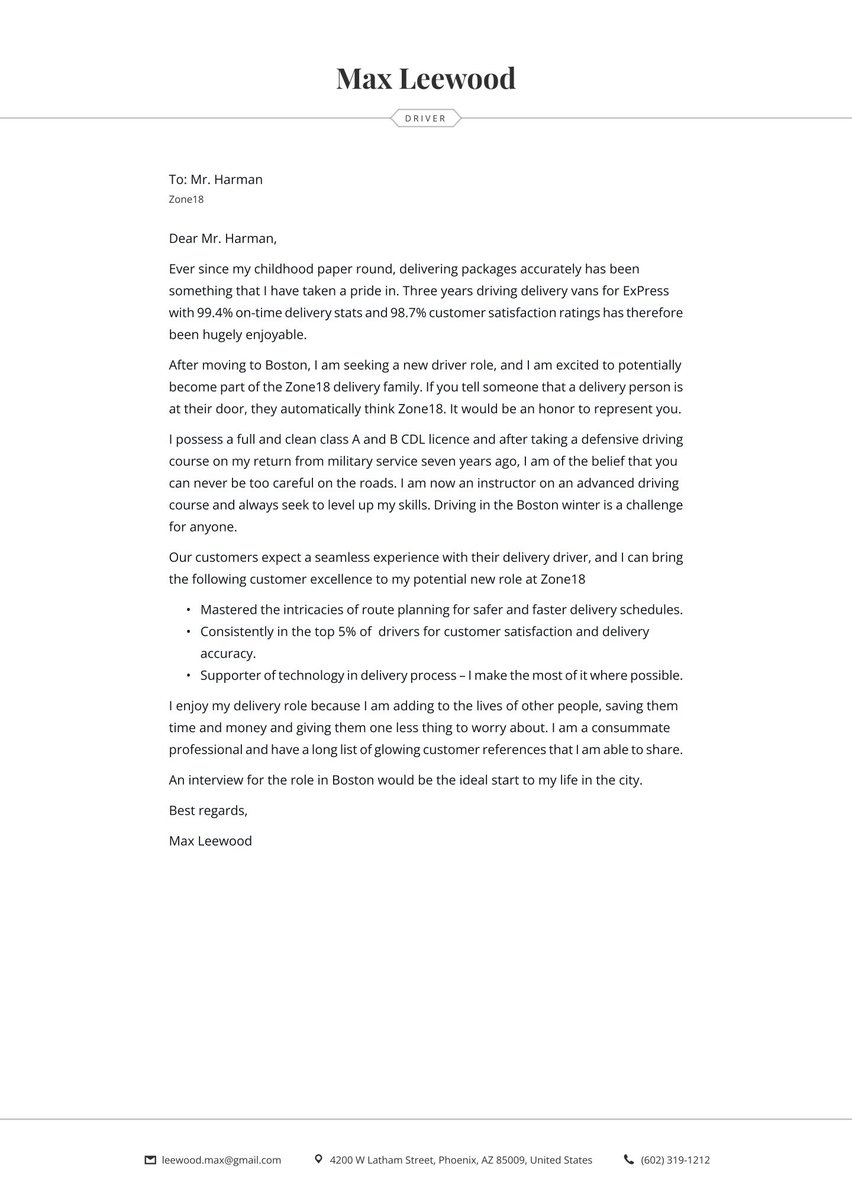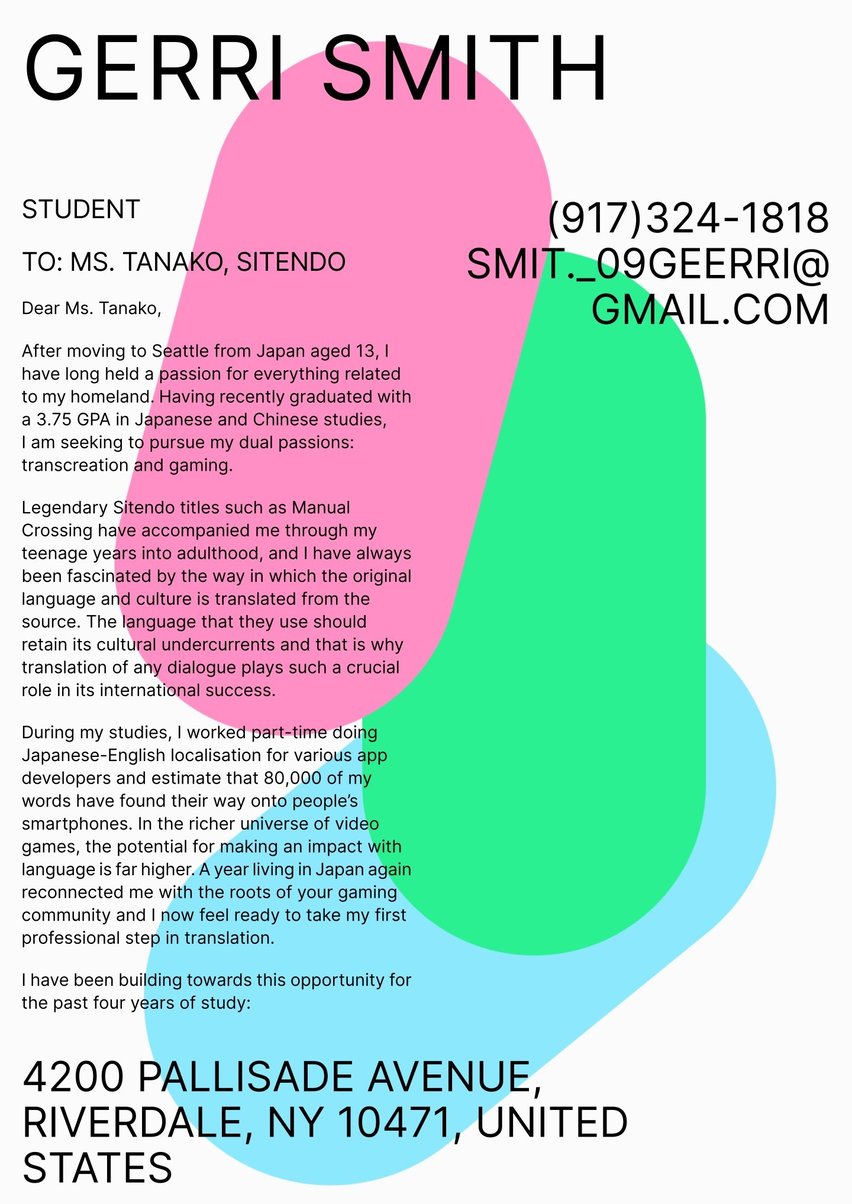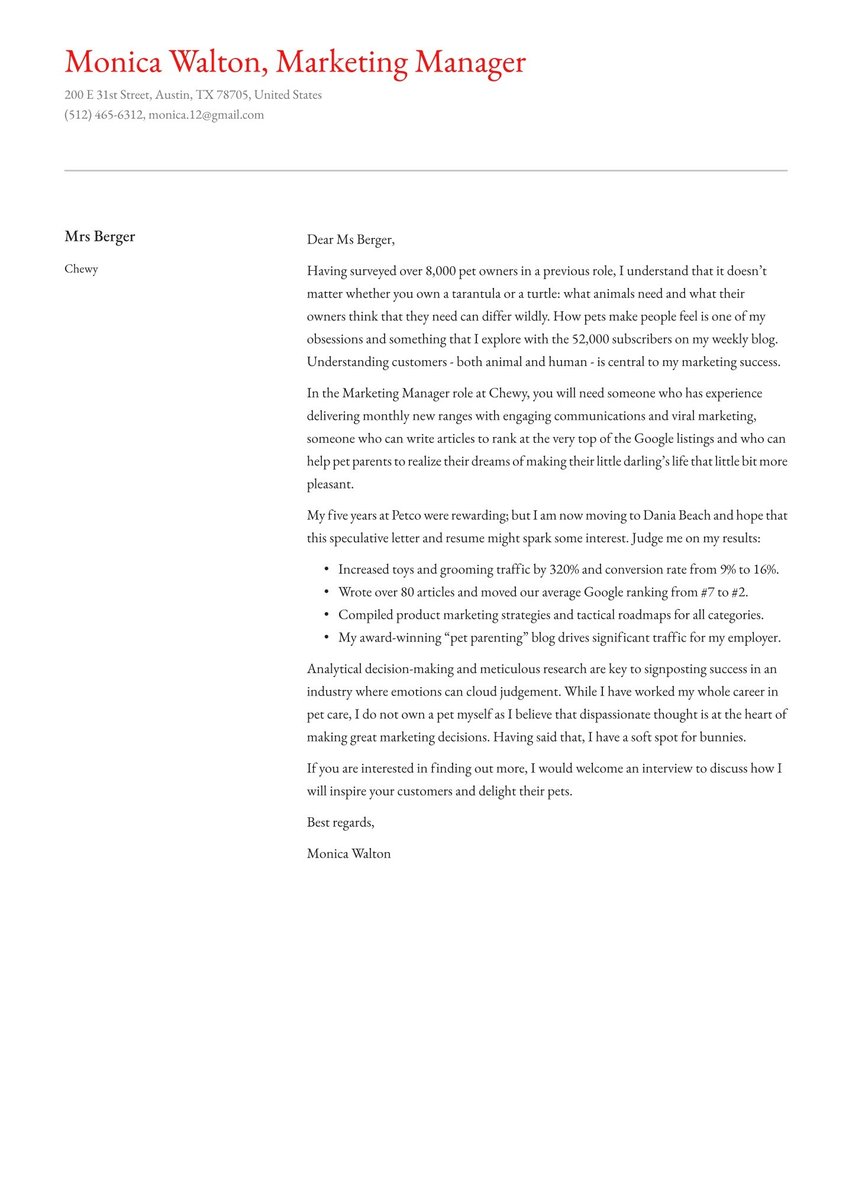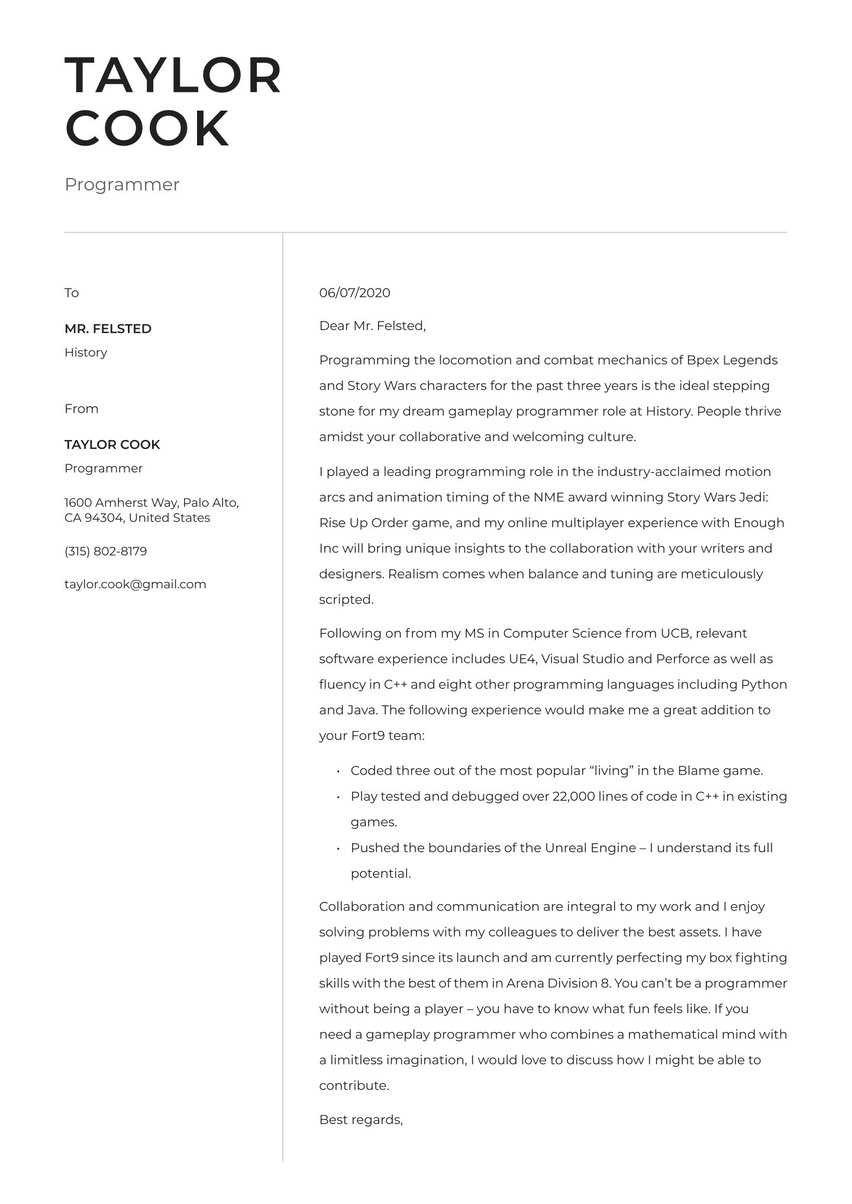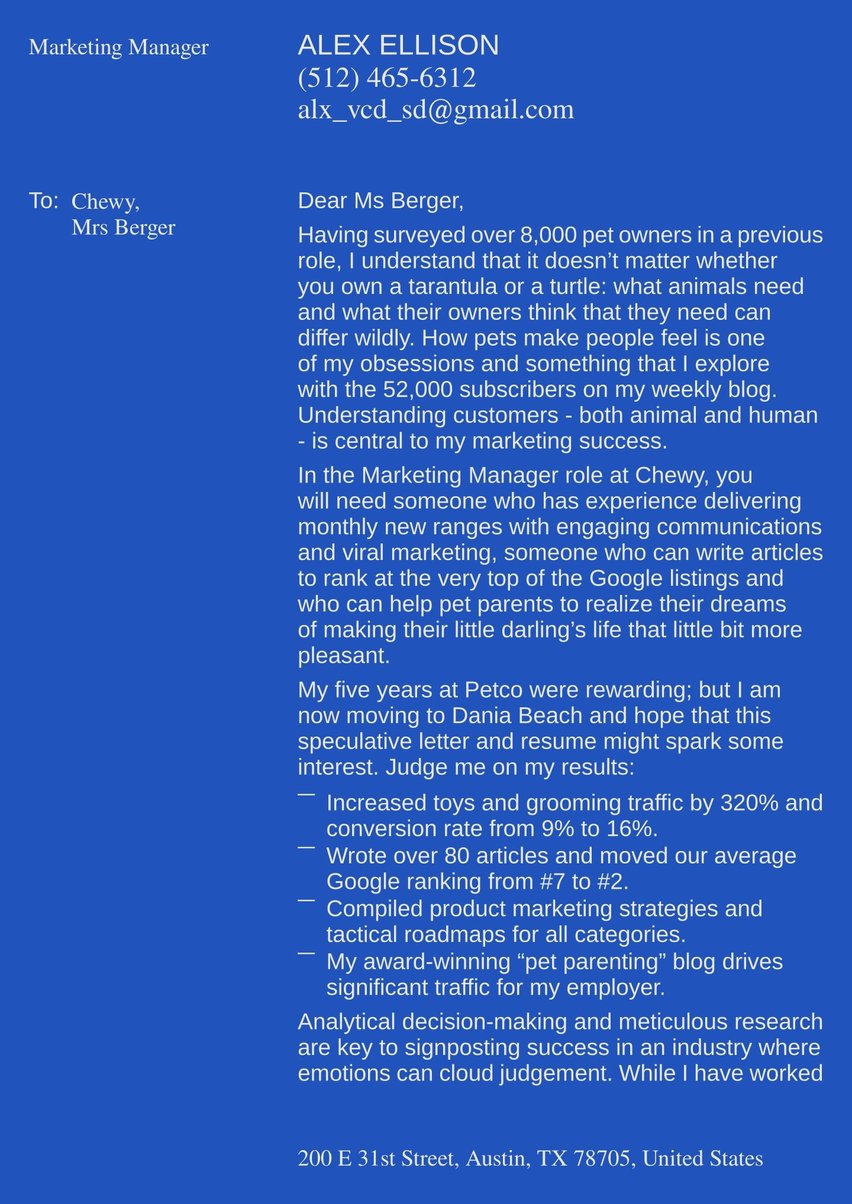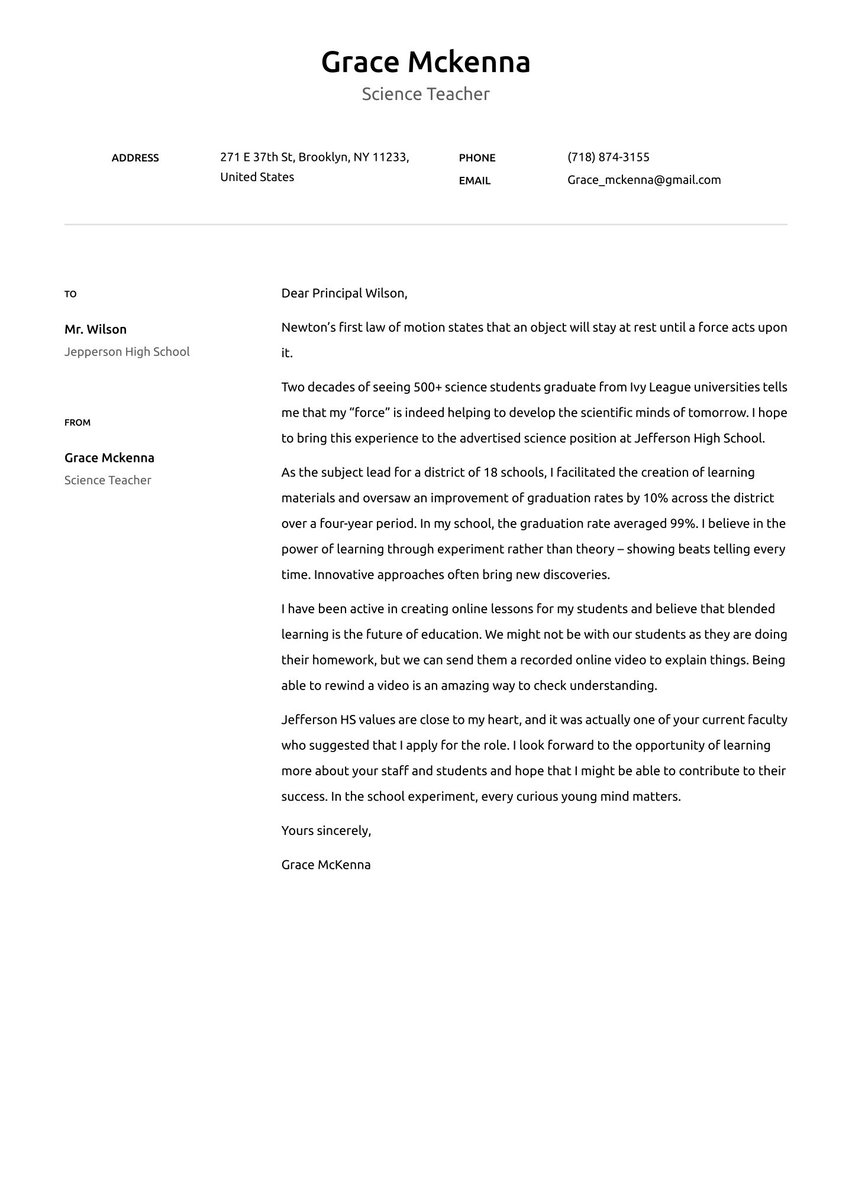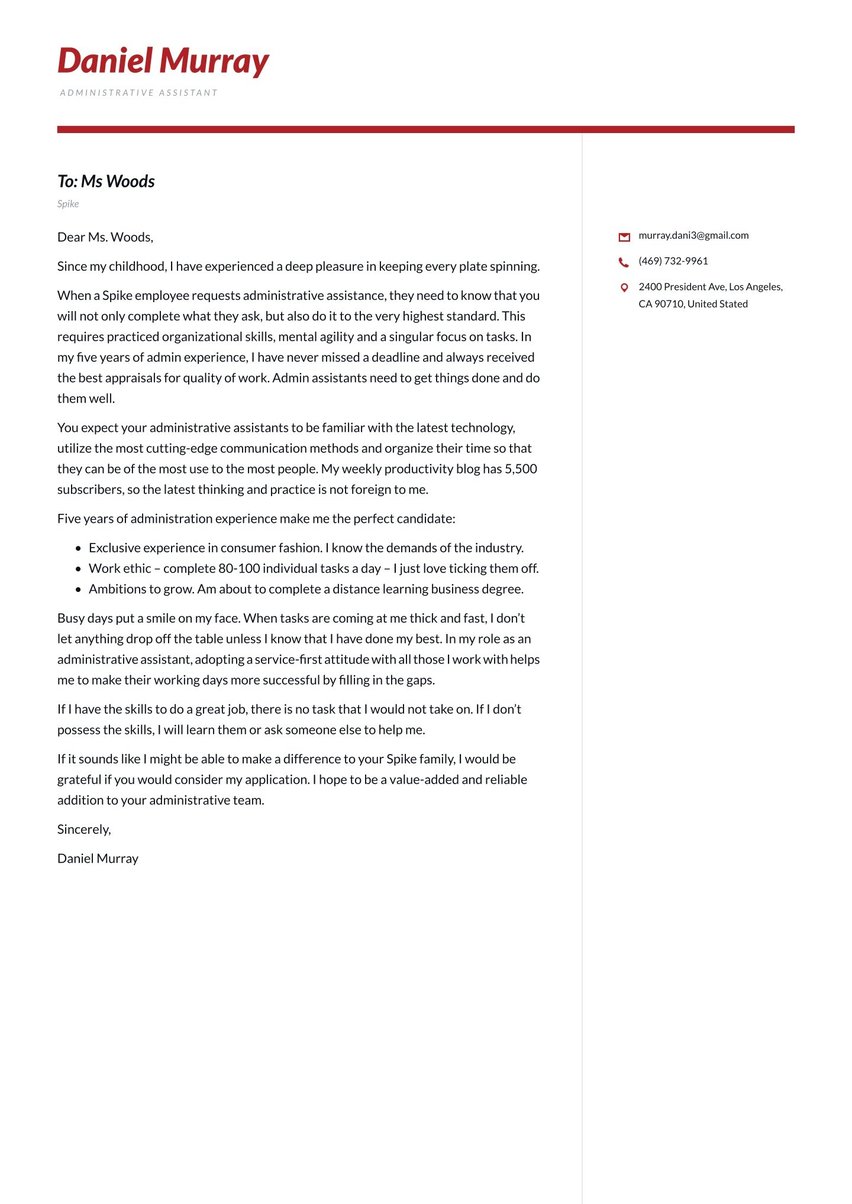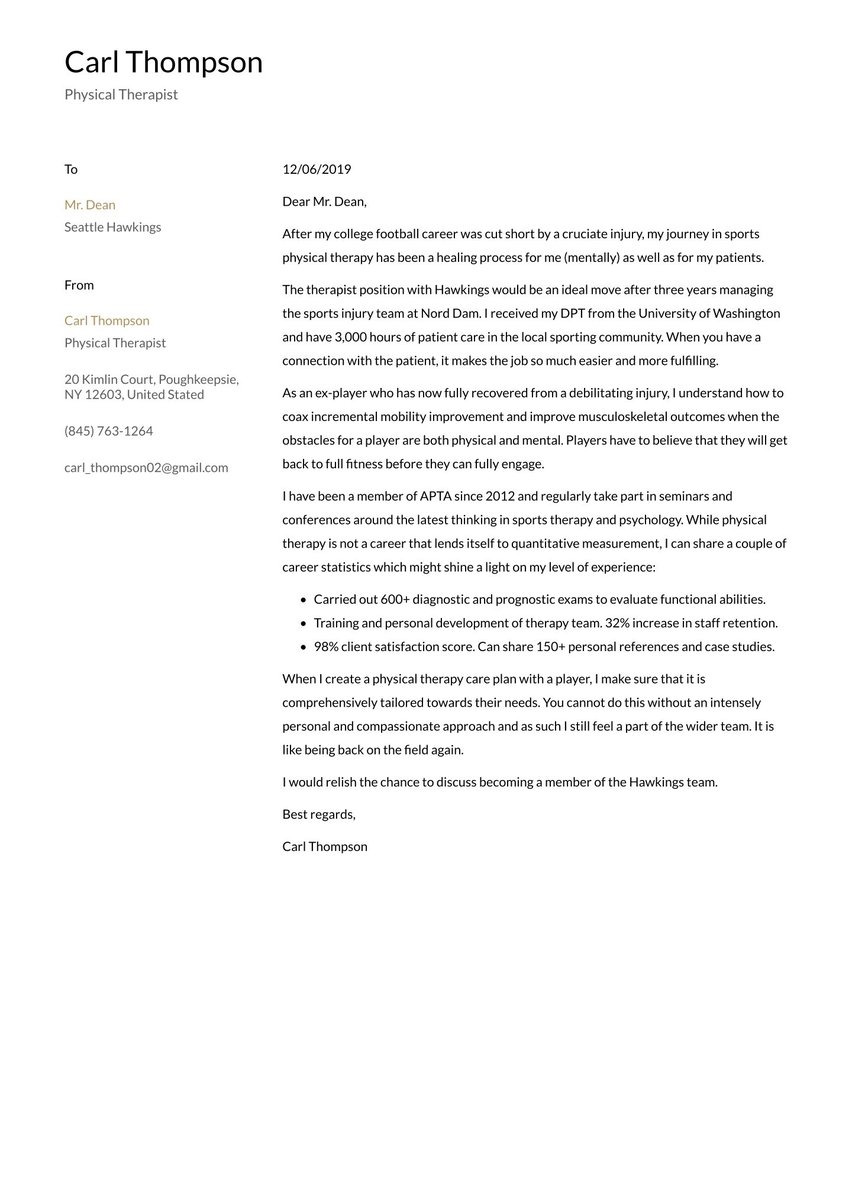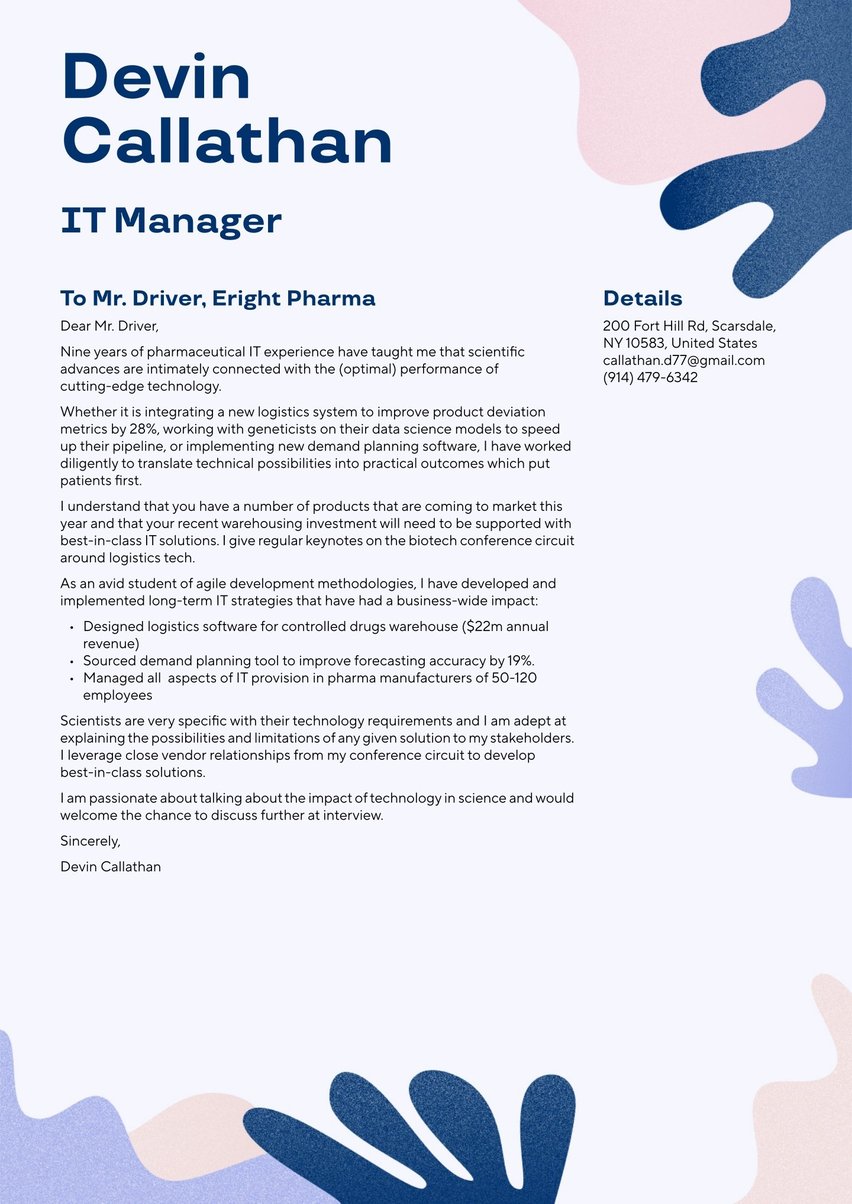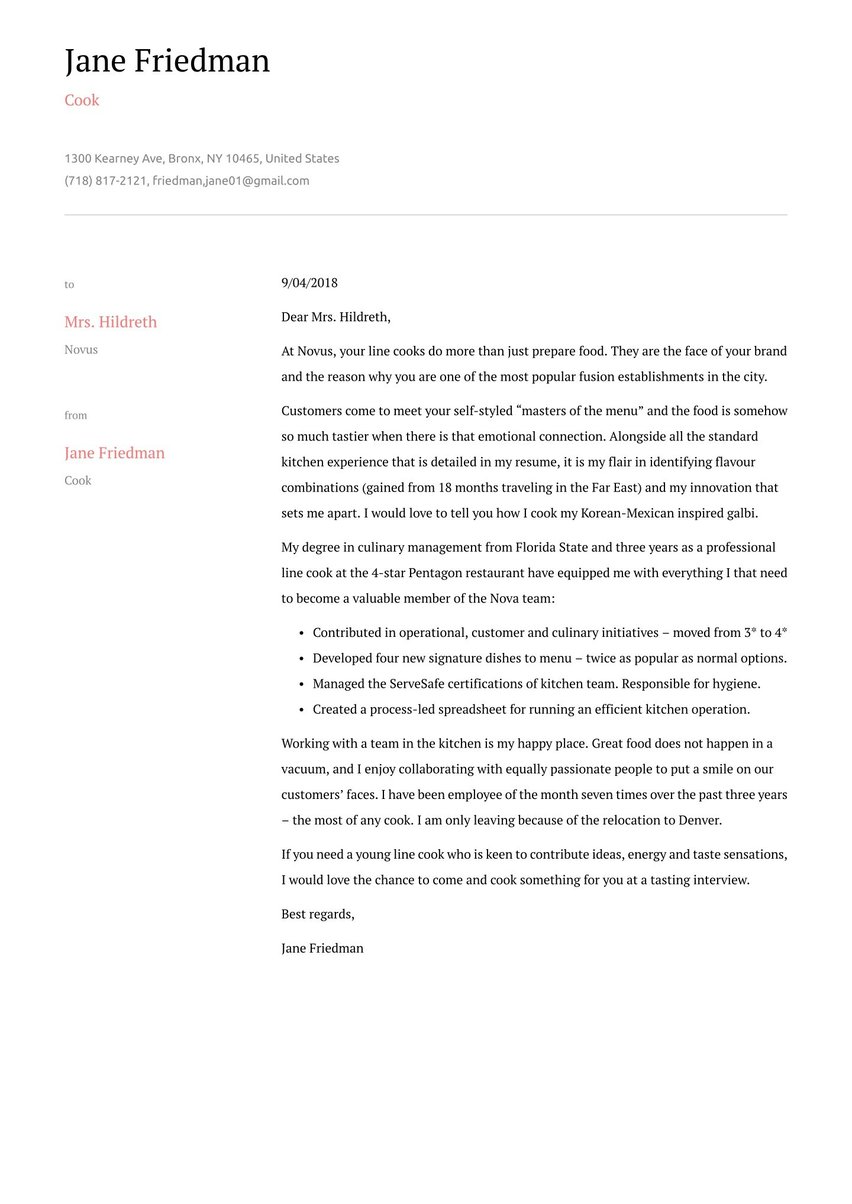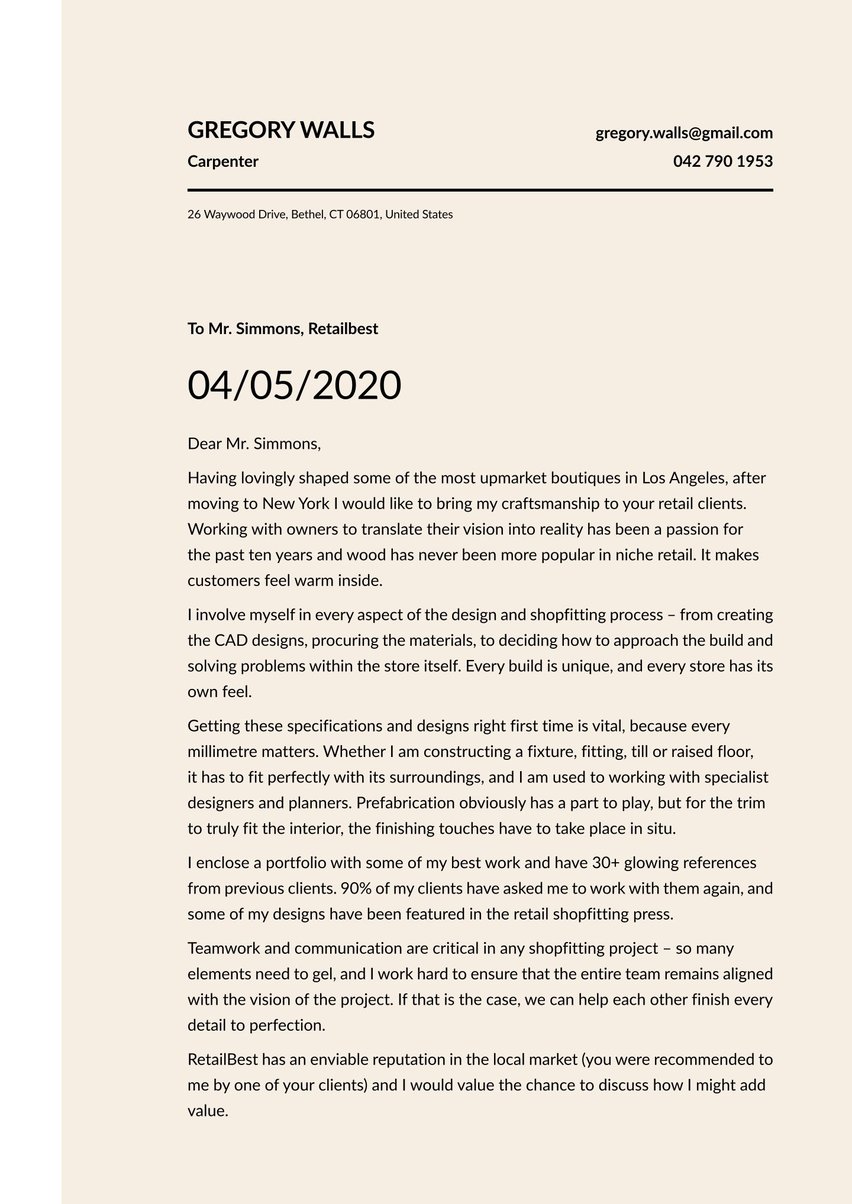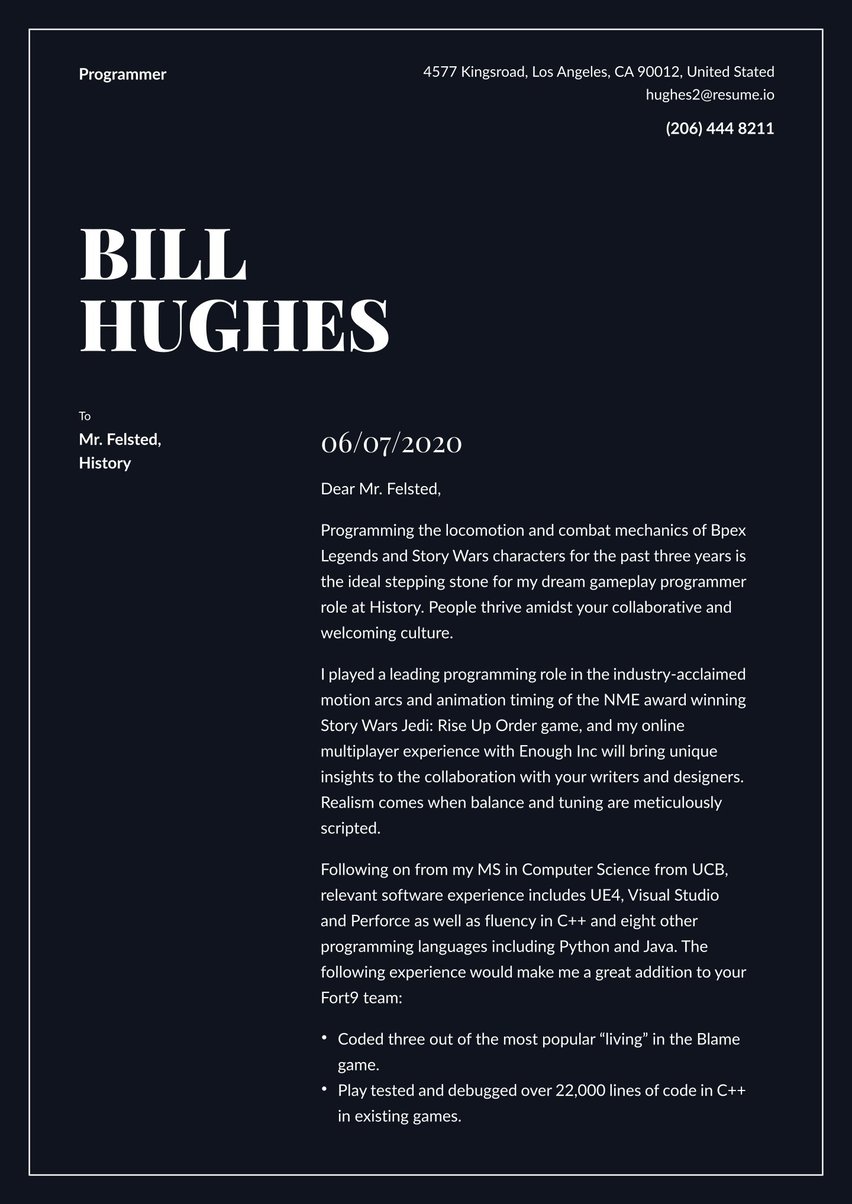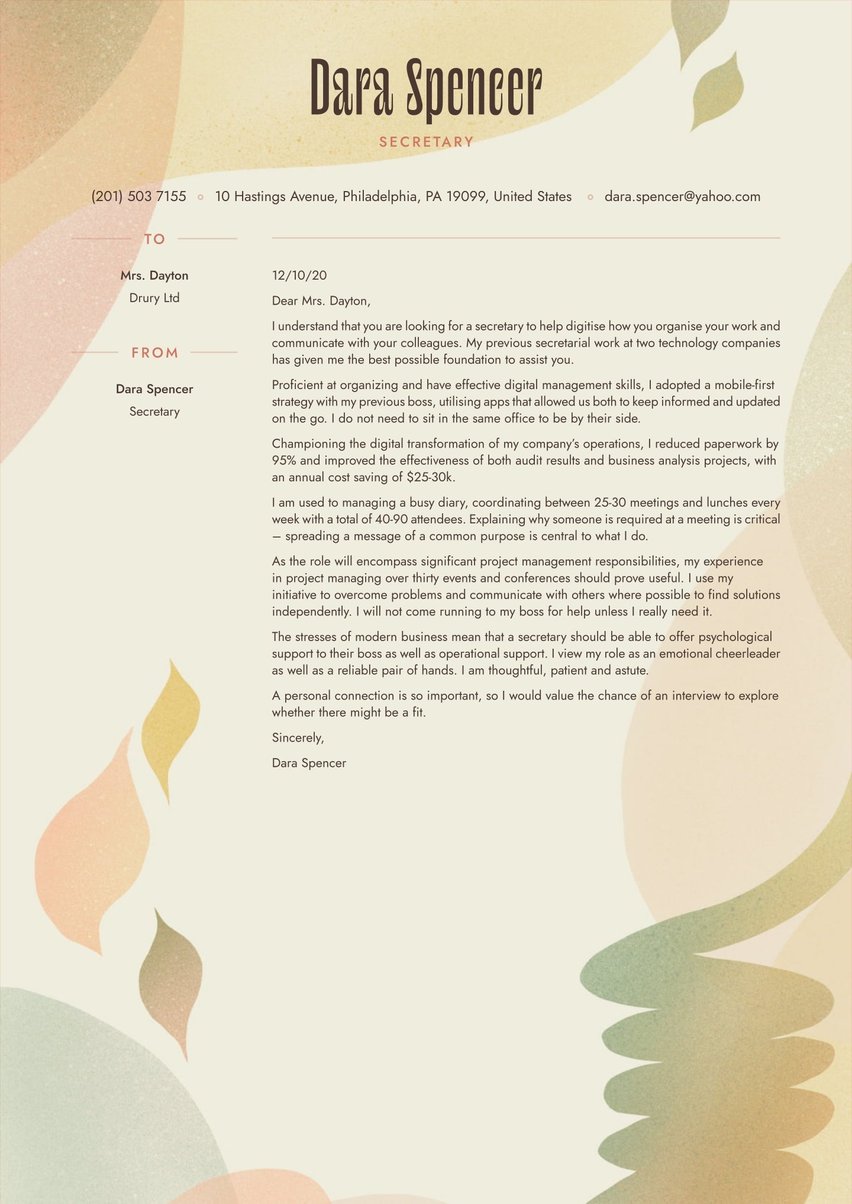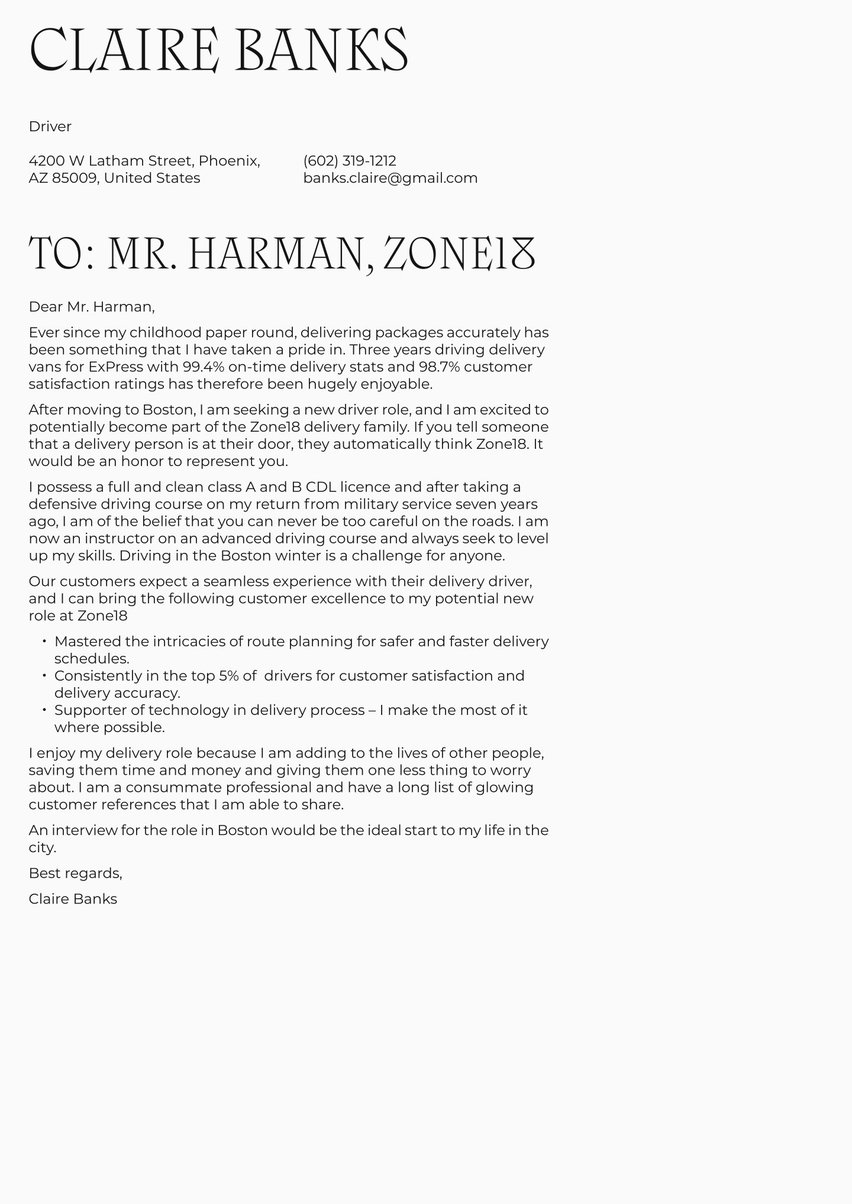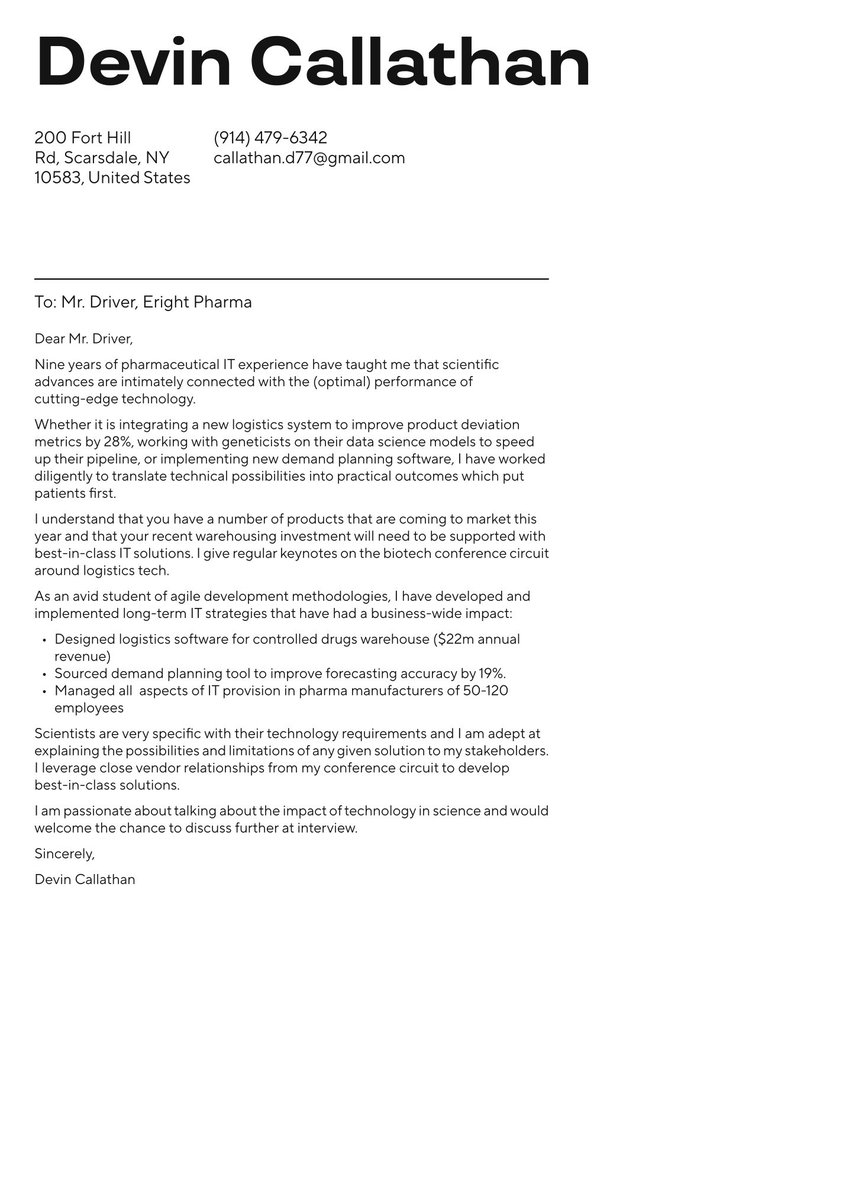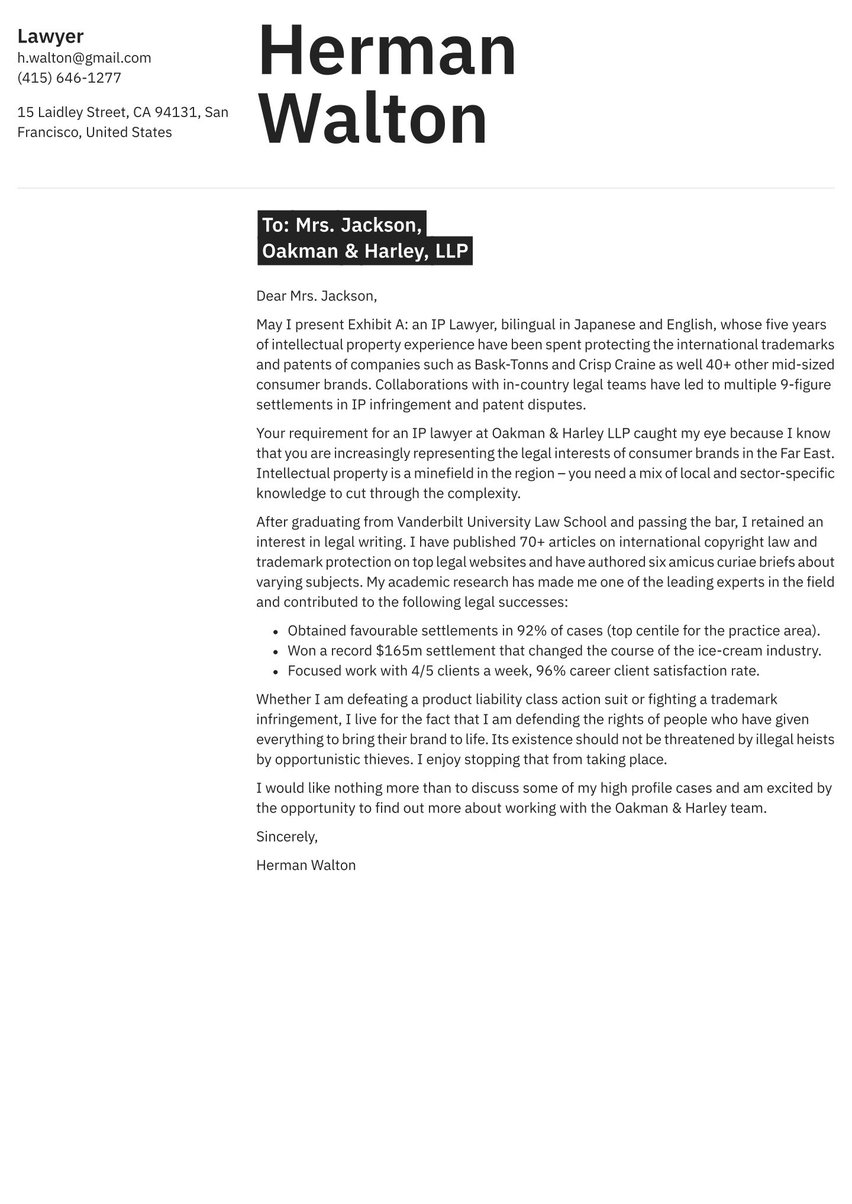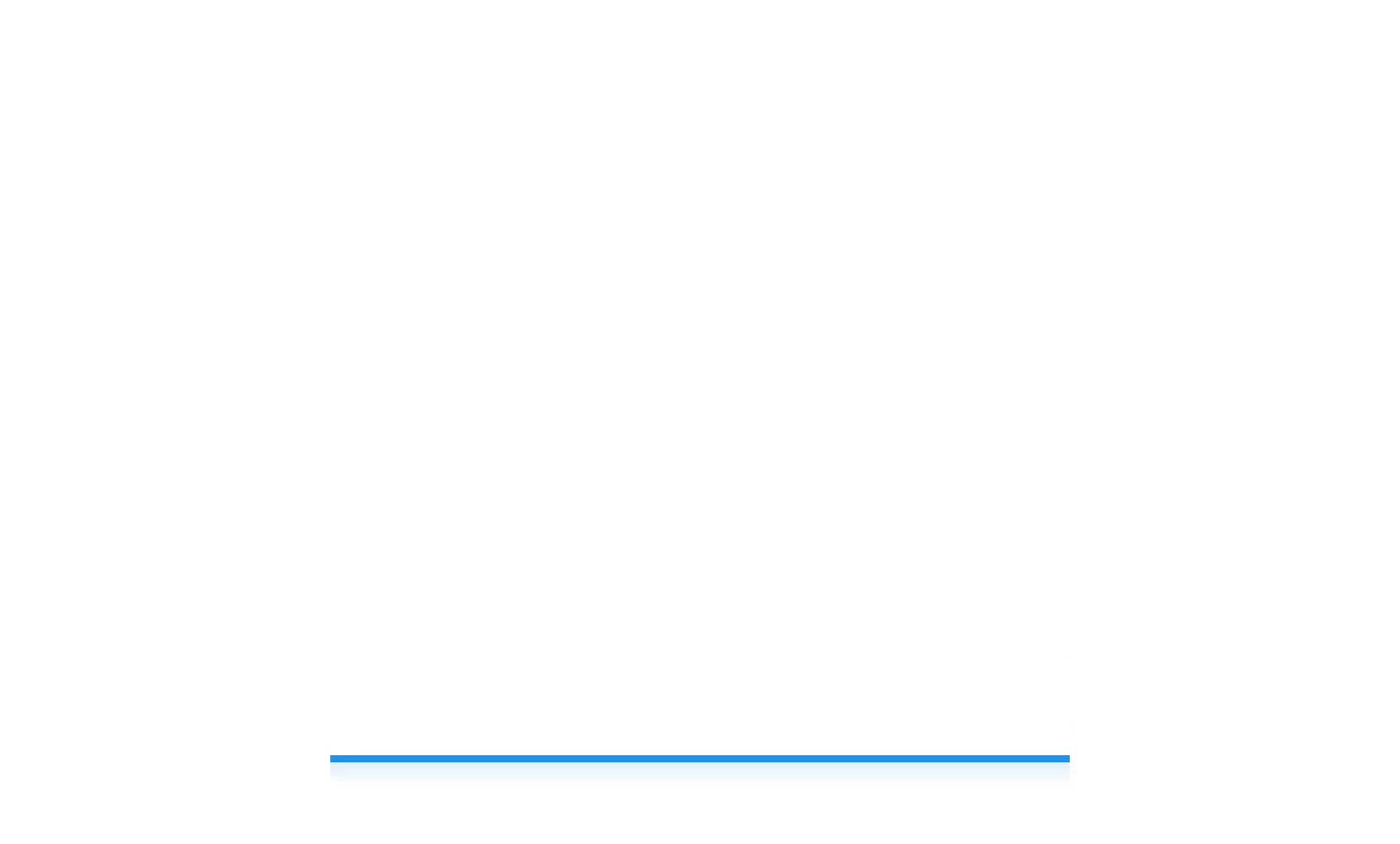The speech-language pathology field is endlessly rewarding. Working with individuals — both adults and children — who have speech or language disorders will always be fulfilling. Before you can land your dream role, you need to get your foot in the door with a stellar application. Ready to get ahead of the competition? Taking a look at our speech-language pathology cover letter example is a smart place to start your journey.
Chances are, you have a way with words. For the entirety of your professional career, you will have worked with language. However, crafting a cover letter that turns recruiters’ heads can be difficult. You already know that you have a varied and valuable skill-set. But how can you showcase your talents to a hiring manager in just one page?
If you’re looking for help with crafting that perfect cover letter, our expert-backed resources include writing guides and a wealth of cover letter examples to give you some inspiration. In the following guide (linked to a corresponding speech-language pathology cover letter example), we will cover these topics:
- How to choose the best cover letter format and the paragraphs to include
- How to boost the impact of each cover letter paragraph with examples
- What approach and tone to take when writing your cover letter
- The key mistakes to avoid when writing your cover letter.
Best format for a speech-language pathology cover letter
Your speech-language pathology cover letter should be roughly 300 words and fit onto one page. That may sound daunting at first. However, there’s a clear structure you can use to get it right. The cover letter format simply needs to contain the following elements:
- The cover letter header
- The greeting (or salutation)
- The cover letter intro
- The middle paragraphs (body of the letter)
- The ending paragraph of your cover letter (conclusion and call-to-action)
If you’re looking for further insights, check out our complete cover letter guide to get things moving. Within your speech-language pathology cover letter, you need to touch upon what makes you unique, how you work with clients, and the specific methods you use. It may also be valuable to mention any special awards or achievements you have gained. It’s these details that elevate you over the competition. Take a look at our cover letter example:
Dear Ms. Doulton,
Assisting children on the ASD spectrum with fluency, articulation, and voice challenges is my passion. Growing up with a sister on the autism spectrum taught me about the mechanics of helping another person develop their communication skills. Over the past seven years in speech-language pathology, I have worked with 20+ schools and over 300 students with fluency and articulation disorders.
Helping a young child learn to control their facial muscles so that they can speak more clearly is a rewarding journey. The moment that they learn how closely linked breath, voice, and diction are, you can see them grow excited to embrace their newfound knowledge; empowerment that emboldens them to grow into whole new levels of speech challenges. I embrace the power of small steps – both students and parents start to trust in the process when they see results. I firmly believe it is critical to involve the parents in the process. I have held several parent workshops, which are always particularly well attended.
I hold a Master of Speech Pathology and a Speech-Language Pathology License alongside a CCC-SLP. I have contributed research to more than ten academic papers (one of which was read 80,000 times last year). I worked together with a clinical team to create a new method of swallow evaluation that is now used by Speech-Language Pathologists across a number of states.
I am seeking an opportunity that will allow me to work with a broad team of voice therapists. I find that working alongside others is a great way of improving my skills and I very much enjoy passing on my knowledge to those at the start of their careers. I know how frustrating it can be when you are first starting out and you do not have all the answers.
I look forward to the opportunity of an interview to find out more about your consultancy, your partner schools, and their students.
Sincerely,
Briony Amesbury
Cover letter header
The cover letter header is the first thing that a recruiter sees. The information sits at the top of the letter and includes your name, email, and phone number. There’s no room for creative flair here. The aim is to make sure that an employer can reach you quickly. Making sure that you display this vital contact information front and center does the job.
If your cover letter tells the right story, the recruiter will want to reach out to you pronto. Don’t put any obstacles in their way. Use plain text and make sure it’s easy to read.
Optimize your cover letter for the Applicant Tracking System (ATS).
ATS software ranks applications using specific keywords. Much of the time, companies use these to rank resumes. However, if you are uploading your cover letter online, there’s a chance that the employer will use this type of system to filter that too.
The software may be programmed to look for certain keywords — for example, “Email” and “Phone number” — to make a recruiter’s job easier. By putting these phrases next to your contact information, you may increase your chances of overall success.
Cover letter greeting
The cover letter greeting kicks off your application. You want to go in strong and make the right first impression here. Since the speech-language pathology sector is professional, you need to avoid using casual greetings. An informal “Hey” or “Hi” won’t get you far.
Instead, it pays to do your research. If you are applying to a clinic or treatment center, you may want to investigate who the management team is. Learning the decision-maker’s name shows that you are serious about going after the role. For example, you might want to start your speech-language pathology cover letter with a simple “Dear Dr. Jones.”
Of course, you won’t always know the hiring manager’s name. If it is unclear who will make the final call, you need to opt for a more generic opener. You may think that “To whom it may concern” is a safe bet. However, this can sound noncommittal. Instead, you can go for something more specific like “Dear Speech-Language Pathology Team.”
Cover letter introduction
Now that you’ve got the hiring manager’s attention, it’s time to tell them about yourself. The cover letter introduction needs to hook the reader and have them wanting more. You can use this short paragraph to sum up why you are the right speech therapist for the job.
You can use this space to highlight your most notable achievements and education. Additionally, you should explain that you have worked in a similar setting before and, if appropriate, that you have hands-on practice experience. You may also want to note how many years of experience you have under your belt. Toot your own horn here!
Don’t waste words. Hiring managers don’t have all of the time in the world. For that reason, you need to get straight to the point with this part of the letter. Avoid using any fluffy language and make sure that everything you say is relevant to the job. When it comes to the tone, you should adopt a professional stance and stick with it throughout.
Dear Ms. Doulton,
Assisting children on the ASD spectrum with fluency, articulation, and voice challenges is my passion. Growing up with a sister on the autism spectrum taught me about the mechanics of helping another person develop their communication skills. Over the past seven years in speech-language pathology, I have worked with 20+ schools and over 300 students with fluency and articulation disorders.
Cover letter middle part (body)
The middle paragraphs of cover letters are where you get into the meat of things. You’ve already introduced yourself and given the hiring manager a taster of your expertise. Now is the time to expand on what you bring to the table. You may choose to use this section to share client success stories or offer up anecdotes that illustrate your professionalism.
Perhaps the most creative part of your cover letter, the body takes a free-form structure. You may find that in itself intimidating. If you’re at a loss for words, consider the questions you could get asked in an interview scenario. You can start to open up these discussions as part of your cover letter. For instance, you may want to include details of your prior job positions, instances when you have overcome adversity, and other nuggets of information.
As a speech therapist, you will work directly with clients and service users. For that reason, having a personable tone and an approachable attitude is key. When you’re writing the middle paragraphs of your cover letter, allow your personality to shine through. Chances are, the hiring manager will be looking for an outgoing and friendly professional.
Helping a young child learn to control their facial muscles so that they can speak more clearly is a rewarding journey. The moment that they learn how closely linked breath, voice, and diction are, you can see them grow excited to embrace their newfound knowledge; empowerment that emboldens them to grow into whole new levels of speech challenges. I embrace the power of small steps – both students and parents start to trust in the process when they see results. I firmly believe it is critical to involve the parents in the process. I have held several parent workshops, which are always particularly well attended.
I hold a Master of Speech Pathology and a Speech-Language Pathology License alongside a CCC-SLP. I have contributed research to more than ten academic papers (one of which was read 80,000 times last year). I worked together with a clinical team to create a new method of swallow evaluation that is now used by Speech-Language Pathologists across a number of states.
I am seeking an opportunity that will allow me to work with a broad team of voice therapists. I find that working alongside others is a great way of improving my skills and I very much enjoy passing on my knowledge to those at the start of their careers. I know how frustrating it can be when you are first starting out and you do not have all the answers.
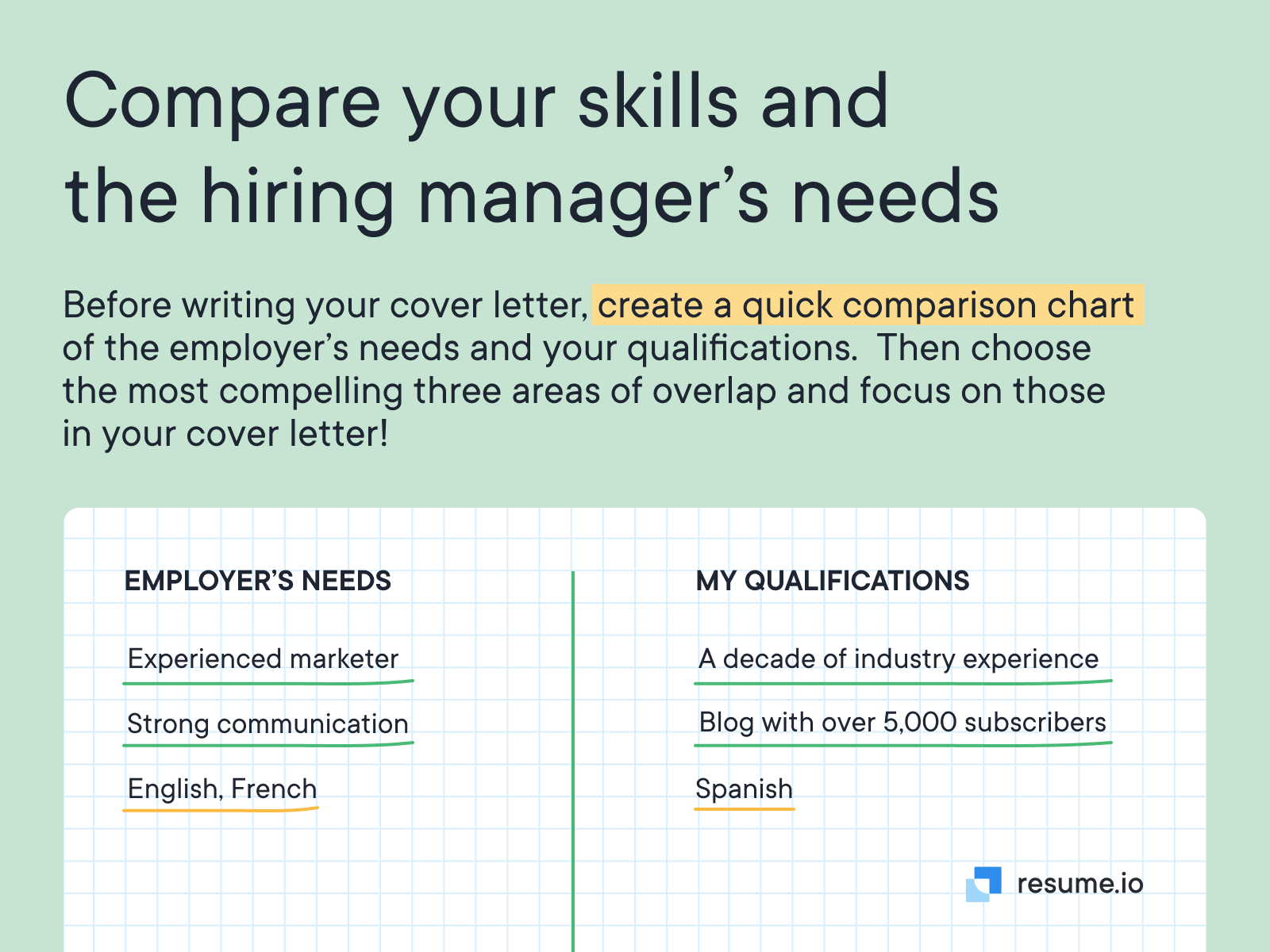
How to close a speech-language pathology cover letter
Have you said your piece? When you’re concluding and signing off your cover letter, the words that you use matter. You want to end on a high note. You can do this by showing some enthusiasm and ending with a call to action (CTA). For example, you might say that you would be “thrilled to work with the speech-language pathology team” or direct the recruiter to “reach out to you with any further questions.” Make sure your tone is on point.
When the hiring manager comes to the end of the cover letter, they may spend a little extra time analyzing it. Your closing statement is likely to stick in their mind after they are done. So, with that in mind, what is it that you want them to remember? You can slide in the fact that you have new ideas for the practice here, for example. Alternatively, you may want to leave them with a statement that tells them you’re passionate about the sector. If you’re struggling for some inspiration, take a quick peek at our cover letter example.
I look forward to the opportunity of an interview to find out more about your consultancy, your partner schools, and their students.
Sincerely,
Briony Amesbury
Speech-language pathology cover letter with no experience
Are you new to the speech-language pathology field? If you’ve recently completed your qualification but don’t yet have any hands-on experience, don’t panic. You can still write a stellar application letter. Here are some hints that will help you get things on track:
- Include any volunteer experience. During your qualification or apprenticeship, you may have worked with clients or shadowed speech therapists. If that is the case, you can draw upon these experiences now and use them.
- Talk about your educational background. Sure, you might not have real-world experience yet, but you have studied this sector. Elaborate on the modules you undertook, the practices you learned, and the grades you ultimately got.
- Emphasize your passion for speech therapy. If you’re entering the realm of speech-language pathology, you will naturally have enthusiasm for the industry. Allow them to shine through when you’re writing your cover letter.
Lacking experience can make you feel like an imposter. However, you should keep in mind that everyone has to start somewhere. Recruiters will be willing to take a chance on industry newcomers who are ready to learn new things and who bring a fresh perspective.
Basic mistakes in a speech-language pathology application letter
A poorly-written cover letter could cost you an interview. That’s the last thing you want. Before you put pen to paper, make sure you avoid the following writing mistakes:
- Spelling and grammar errors. Silly mistakes make you look unprofessional. Make sure that you double — and even triple — check your letter before you hit “send.”
- The wrong writing tone. It’s not just what you say. It’s how you say it. If your tone is too cold or unapproachable, you might find that hiring managers look past you.
- A long, boring cover letter. Recruiters don’t have endless time to read through cover letters. For that reason, you should keep your application to just one page.
Key takeaways
- Gaining a position as a speech therapist can be extremely fulfilling. Before you can land that all-important interview, you need the perfect speech-language pathology cover letter.
- Use approachable language and allow your personality to come through.
- Wow a hiring manager with your client success stories or similar anecdotes.
- Don’t write too much. Your cover letter should be short and to the point at all times.
Writing the perfect application doesn’t have to be tricky. At Resume.io, we have a selection of expertly-created cover letter templates for you to use. That means that getting started and accelerating your job search is easy. If you’re looking for some more inspiration for cover letter writing, you can check out our related writing guides here:


